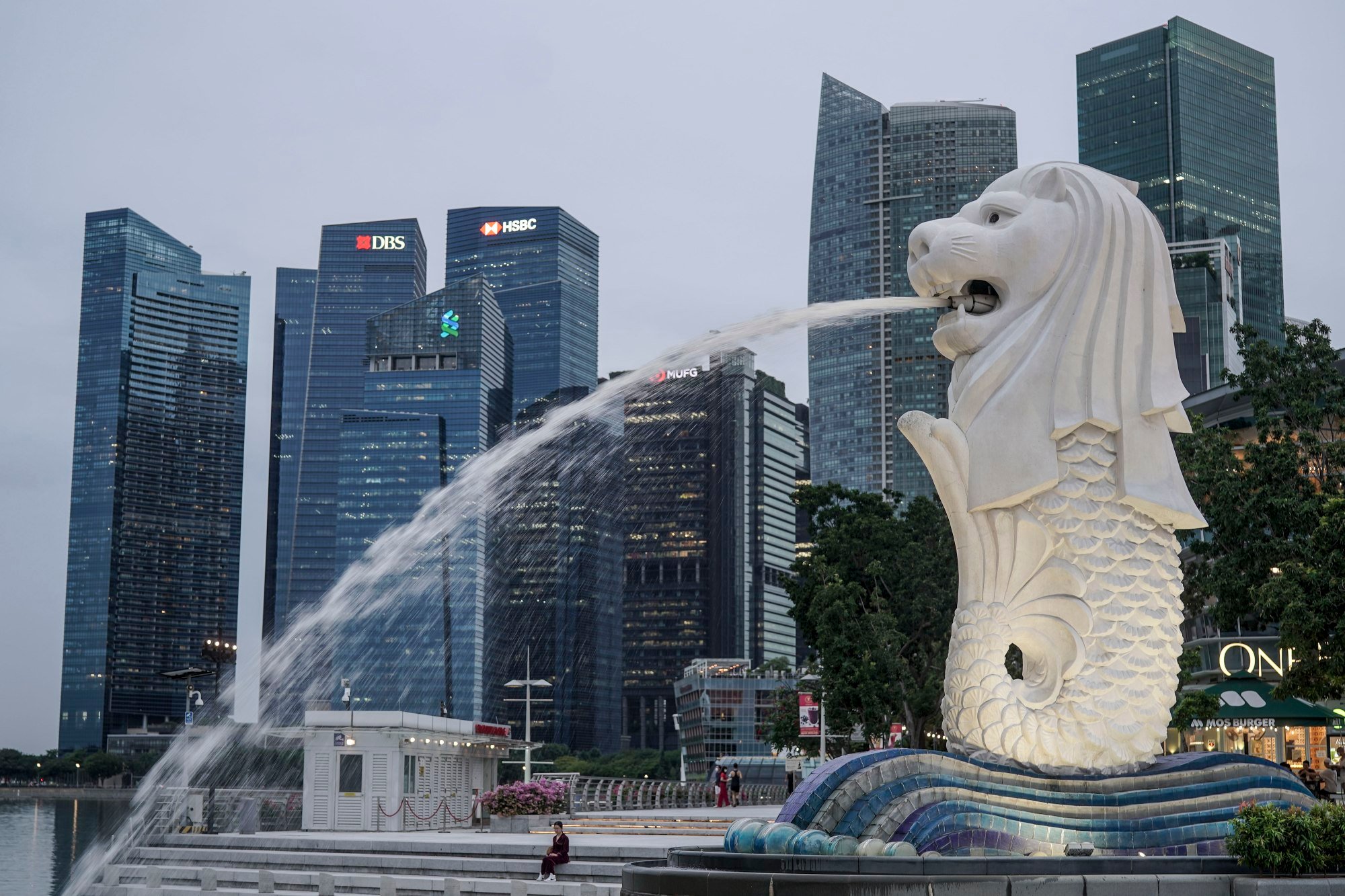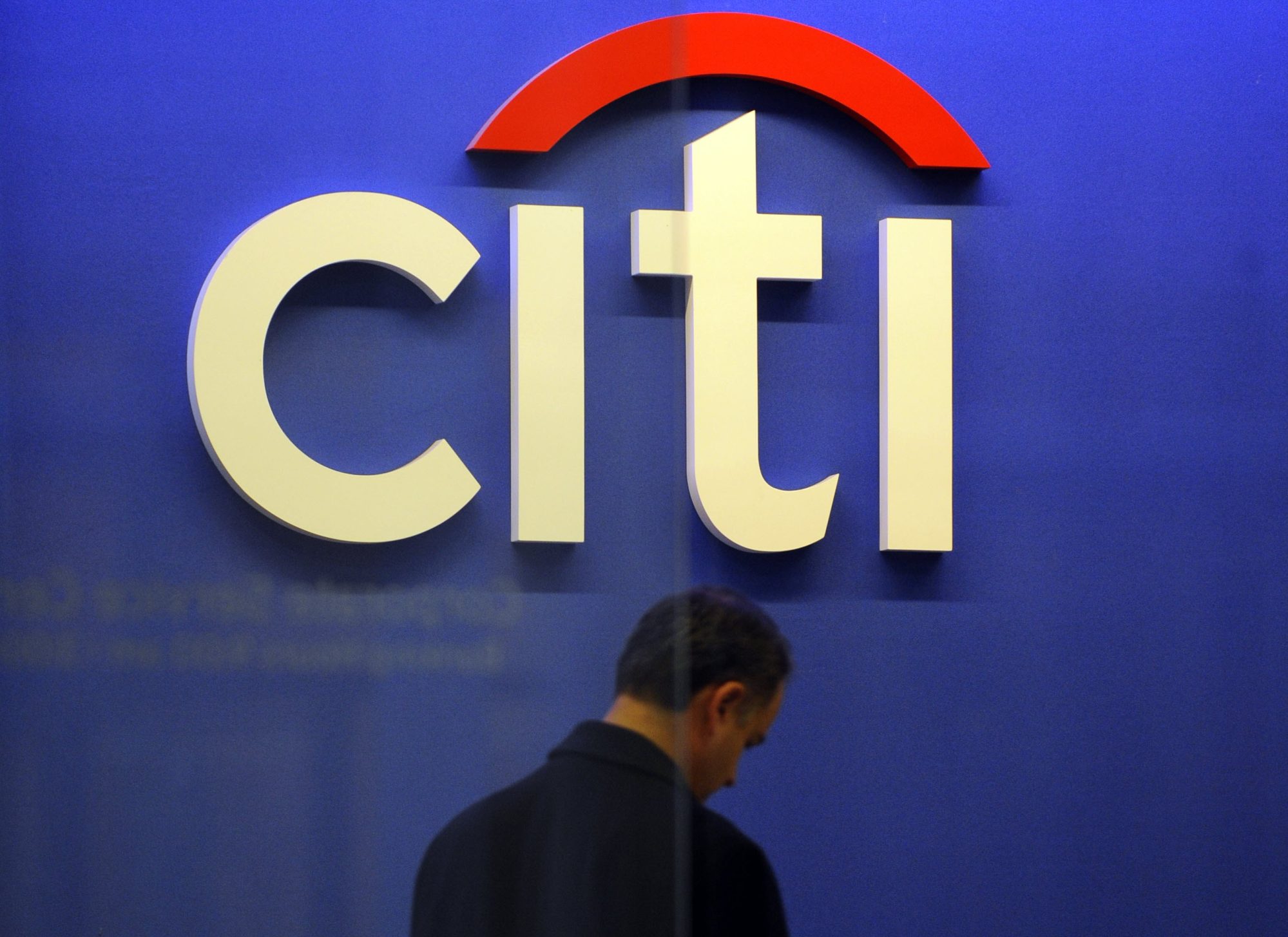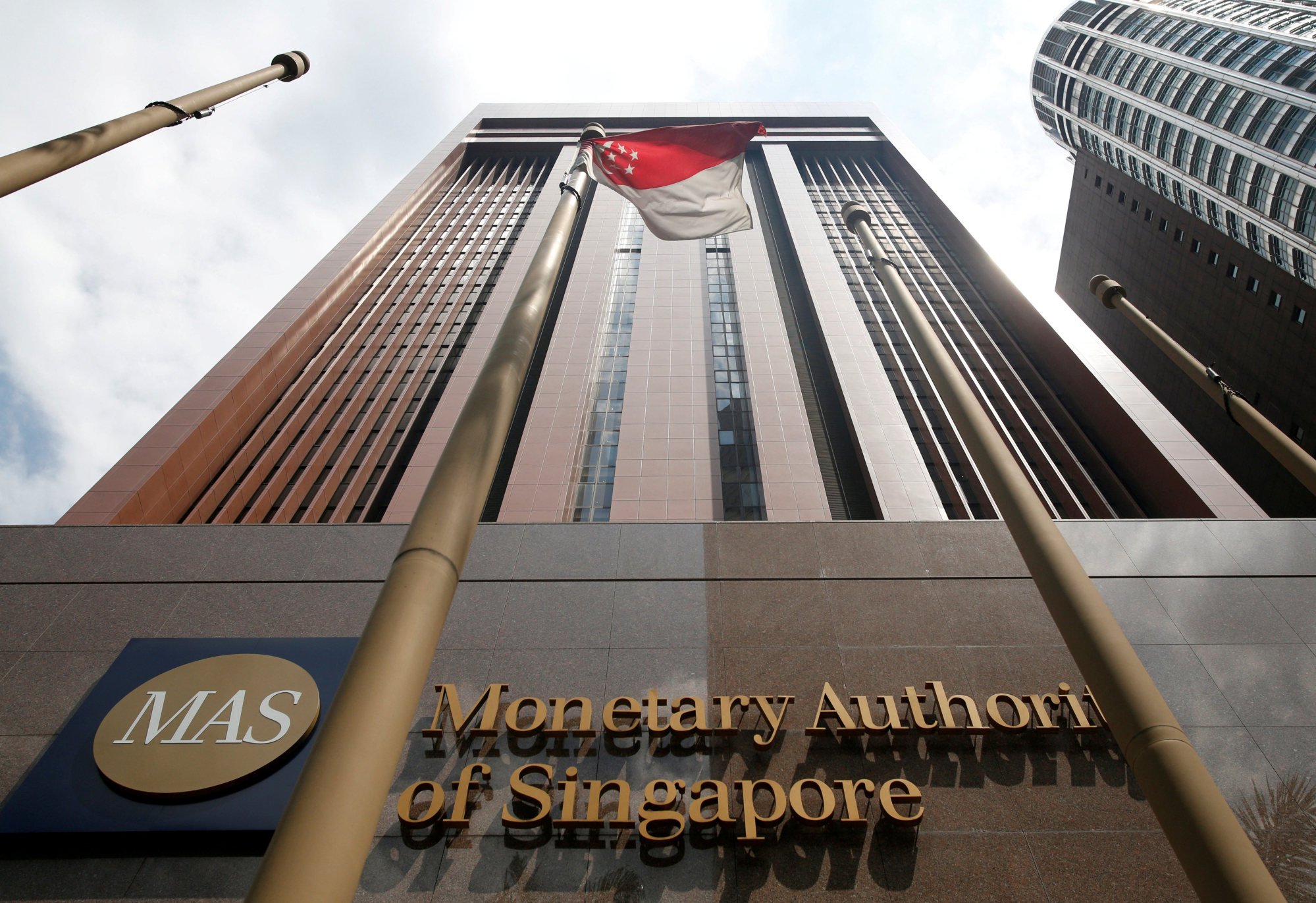The Monetary Authority of Singapore recently completed on-site inspections of some banks that were involved in the case. Lenders that had the most dealings with the criminals – through deposit accounts, loans and other financial services – are expected to face fines and other punitive measures from the financial regulator after its review concludes, some of the people said.

The assets seized by authorities included cash, gold bars, jewellery, cars, and residential and commercial properties. All 10 of the accused have pleaded guilty, and nine of them have been sentenced to prison for 13 to 16 months. The final one will be sentenced on Monday. Another 17 people are under investigation and remain at large.
The Monetary Authority of Singapore inspected several banks at their premises and interviewed employees to identify potential weaknesses in their compliance checks. The banks linked to the case did more than take deposits: some lent to the criminals’ locally incorporated businesses, arranged mortgages or helped them with investments, according to court documents.
The financial regulator also asked banks that weren’t linked to the case to have their know-your-customer measures reviewed by outside consultants, some of the people familiar with the matter said.
The 10 convicted individuals were linked to accounts across 16 financial institutions operating in Singapore that held more than S$370 million in deposits and investments. The banks that held the most assets include Credit Suisse, Citigroup’s local unit and United Overseas Bank Ltd.

“Citi provides regular training to all staff on various topics including anti-money-laundering,” the bank said. “We are committed to ensuring that our staff are informed of emerging risks and potential issues to better serve our clients.”
DBS is also among the banks tightening their processes for vetting major transactions by clients, according to the people. The country’s largest bank had about S$100 million in exposure, mainly from financing property purchases.
DBS said in a statement its anti-money-laundering processes are evolving to keep up with changes in how criminals act, as well as regulatory and industry developments.
“Criminals will adapt their behaviour now that there has been discovery of their methods, so we will need to continue thinking about how to stay one step ahead,” it said.

Fujian Gang
Several former Citi customers were among those found guilty of money laundering. They were part of the so-called Fujian Gang, as all of the accused hail from the province in southeastern China.

OCBC has implemented several measures including the enhancement of its risk-rating methodology and source of wealth review processes, said Loretta Yuen, the bank’s head of group legal and compliance.
“As part of our ongoing monitoring of customer activity, we already engage customers to seek clarification on any suspicious behaviour and consider their explanations before taking further action,” she said.
Some bankers have bristled at the additional scrutiny. The safeguards are a box-ticking exercise that may not help curb Singapore’s exposure to money laundering, some of the people said. Banks not involved in the case had only a couple of months to hire an external reviewer, they said.
Bankers have also complained about the additional checks on new clients’ sources of funds and the extra challenges in monitoring accounts, according to some of the people.
Intelligence and information from suspicious transaction reports filed by financial institutions had helped alert the police to illicit activities in the recent money-laundering case, the Monetary Authority of Singapore said last year.

